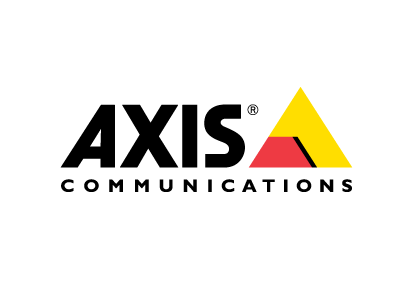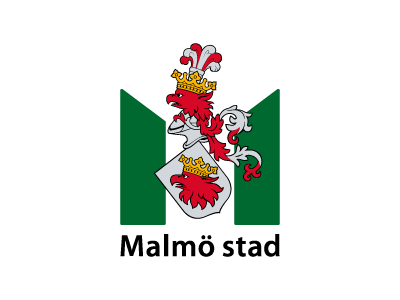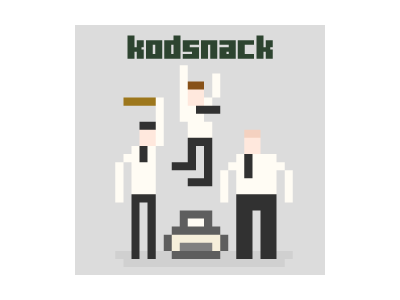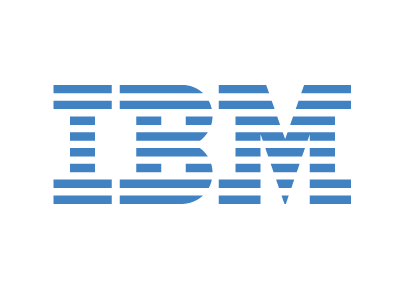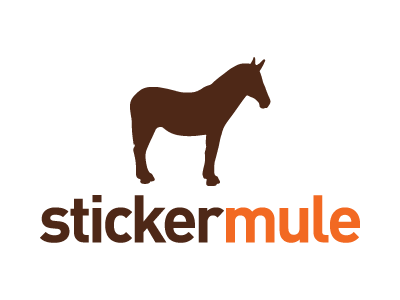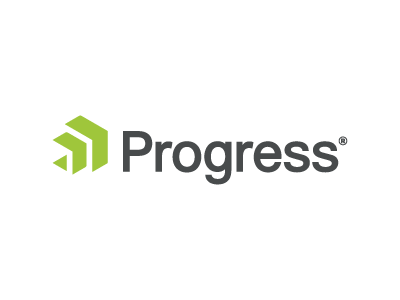Giving Clarity to LINQ Queries by Extending Expressions
Key takeaways
- What are Expression Trees
- What .NET libraries use Expression Trees
- How does Entity Framework generate queries
- How can I leverage Expressions in my code
In this session we’ll learn about .Net Expression trees by discovering how they work and applying the knowledge to LINQ using the pipes and filters pattern. LINQ and Entity Framework are both commonly used in the .Net ecosystem, but even well-written applications can have LINQ queries that are difficult to understand. Because LINQ is so flexible, it can be written in ways that fail to communicate the developer’s intent. Well-written LINQ should be so clear as to be self-documenting. To write clear LINQ, it helps to understand the details of a few LINQ components that improve LINQ’s readability. We’ll be learning how to use a pipe and filter pattern to make LINQ queries easier to comprehend. We will take a deep dive into expression trees to understand how they work, and how to manipulate them for maximum re-usability.

